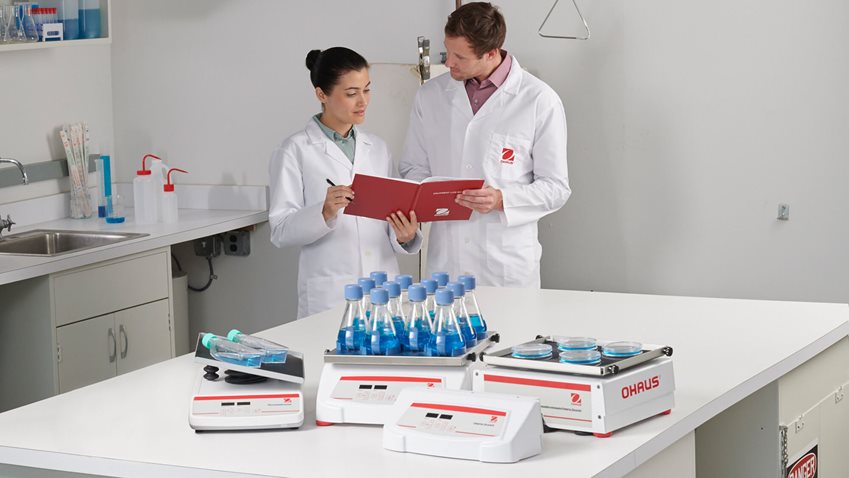
When it comes to laboratory research, a laboratory shaker is one of the essential pieces of equipment needed in a lab. It is used to mix, stir, and agitate samples in a variety of applications, including chemical synthesis, cell culture, and microbiology. Therefore, it is essential for lab researchers to know what to consider when buying a laboratory shaker. In this article, we will highlight the key factors that lab researchers should consider when buying a laboratory shaker.
In this article you'll find:
What type of application or motion will the laboratory shaker be used for?
What kind of vessels and quantity do you need to shake?
Do you need temperature control?
Will you use the shaker in a CO2 environment?
Are safety and ease of use important?
SHAKE IT: Featured laboratory shakers
Shaker Selection Guide
Shaker Selection Basics
The first factor to consider when buying a laboratory shaker is the type of application it will be used for. It is essential to choose a shaker that can provide the appropriate motion and level of mixing for your application.
 Orbital shakers, for example, can provide a gentle circular motion suitable for biological samples such as mammalian cells. Applications requiring vigorous mixing of small sample volumes may require a vortex motion provided by microplate shakers, which generally reach high speeds and have small orbit sizes ranging from 3-4 mm. Applications that require a more gentle mixing of larger sample volumes, may find orbital shakers with slower speeds and larger orbits ranging from 20-50 mm to be more ideal.
Orbital shakers, for example, can provide a gentle circular motion suitable for biological samples such as mammalian cells. Applications requiring vigorous mixing of small sample volumes may require a vortex motion provided by microplate shakers, which generally reach high speeds and have small orbit sizes ranging from 3-4 mm. Applications that require a more gentle mixing of larger sample volumes, may find orbital shakers with slower speeds and larger orbits ranging from 20-50 mm to be more ideal.
 Reciprocating shakers are ideal for gentle-to-vigorous or homogenizing mixing of separatory funnels with the sturdy separatory funnel platform. Other optional platforms for flask clamps, media bottles and tube racks are available depending on your needs.
Reciprocating shakers are ideal for gentle-to-vigorous or homogenizing mixing of separatory funnels with the sturdy separatory funnel platform. Other optional platforms for flask clamps, media bottles and tube racks are available depending on your needs.
Rocking shakers are commonly used in biological and biochemical applications, such as incubation of cells and protein purification, providing a gentle rocking motion.
applications, such as incubation of cells and protein purification, providing a gentle rocking motion.
Waving shakers offer a smooth, low-foaming, 3D wave motion for specific applications like mixing blood samples, blotting techniques, staining and destaining gels, hybridizations.
3D wave motion for specific applications like mixing blood samples, blotting techniques, staining and destaining gels, hybridizations.
Incubating and incubating cooling shakers are normally used to grow bacte ria at 37°C or perform protein studies where refrigerated temperatures of 16°C are required in the same device.
ria at 37°C or perform protein studies where refrigerated temperatures of 16°C are required in the same device.
Find the proper laboratory shaker for your laboratory:
OHAUS Open Air Shakers
OHAUS Incubating & Incubating Cooling Shakers

The second factor to consider is the capacity of the shaker or total number of samples that can be mixed at a time. Researchers need to consider whether the experiment calls for small batch, large batch or scale-up work when making a purchasing decision. The larger the shaker footprint and platform dimensions, the greater the number of samples or maximum weight the shaker can accommodate. It is important to verify the platform capacity based on common flask sizes such as 50 mL, 250 mL, 500 mL, 1 L or 2 L flask sizes.
OHAUS Heavy Duty Orbital Shakers would be an ideal choice for large volume shaking, there are eight models with load capacities ranging from 16 to 68 kg. Click here to find which OHAUS Heavy Duty Orbital Shaker is best for your laboratory.

The third factor to consider is the ability to control temperature when shaking samples. Most shakers are “open-air” models, exposing samples to room temperature, while incubating models provide precise temperature control either above or below room temperature. A common temperature is 37 ºC, however depending on the sample type or experiment protocol, cooling of the incubating chamber may be required below ambient. It is also important to consider a shaking incubator that provides uniform temperature throughout the chamber.
The OHAUS Incubating Heavy Duty Orbital Shakers are best when temperature precision is required. Achieve temperature uniformity and accuracy with a forced-air or circulating air system and user-controlled temperature calibration feature for sensitive applications. Click here to find which OHAUS Incubating Heavy Duty Orbital Shaker is best for your laboratory.

The fourth factor to consider is the durability and reliability of the shaker. A laboratory shaker is a significant investment, so it is important to choose a shaker from a reputable manufacturer with a good track record of producing high-quality laboratory equipment. Look for shakers made from high-quality materials that can hold up to the rigors of laboratory use. All OHAUS Open-air shakers can withstand the elements of cold rooms and non-condensing incubators at 80% relative humidity.
For more extreme conditions, such as within CO₂ incubators at 100% relative humidity, the OHAUS Extreme Environment Shaker is the model of choice. Rely on this orbital shaker's unique construction to deliver exceptional speed control, accuracy and durability under the most extreme environmental conditions. Click here to see if the OHAUS Extreme Environment Shaker is best for your laboratory.

The fifth factor is the safety features of the shaker and the ease of use. Modern shakers are equipped with safety features such as overload protection, unbalanced detection, visual and audio alarms, and microprocessor control. Overload protection prevents equipment failure or injury by limiting the shaker's load capacity. Unbalanced detection alerts users if the shaker is not operating correctly and needs adjusting or servicing. Visual and audio alarms prompt users to attend to potential safety concerns such as low battery or abnormal load. Lastly, microprocessor control regulates speed and vibration intensity, preventing accidental misuse. With these safety features, laboratory shakers are a reliable tool in scientific and research environments.
The interface of the laboratory shaker should be intuitive, with clearly labelled controls and simple operating instructions. Additionally, laboratory shakers should be easy to clean and maintain, as they are used frequently in research settings.
In conclusion, choosing the right laboratory shaker is crucial for successful laboratory research. Lab researchers should consider the type of application, vessels and capacity, temperature control, CO₂ environment and ease of use of a laboratory shaker. By considering these factors, lab researchers can choose a shaker that meets the specific requirements of their research and provides accurate and reliable results.
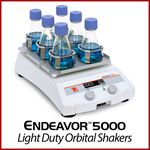
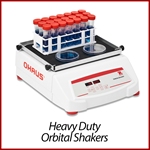
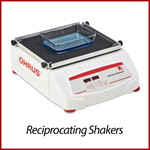
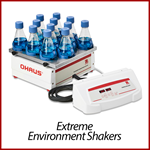
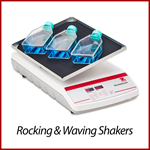
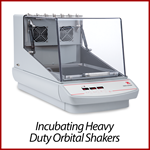
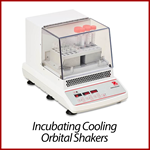
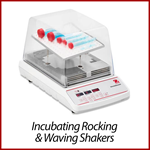
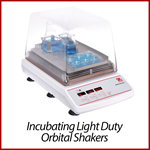
How to find the right shaker for your application!
Click the image to download the guide
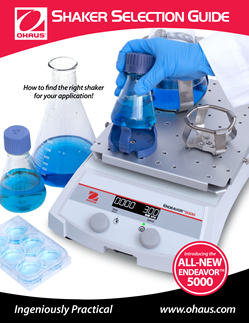
There are so many laboratory shakers on the market it can be overwhelming to select the right one for your workflow — but we’re here to help!
Click the image to download the guide
-1.png.aspx?width=249&height=323)